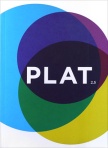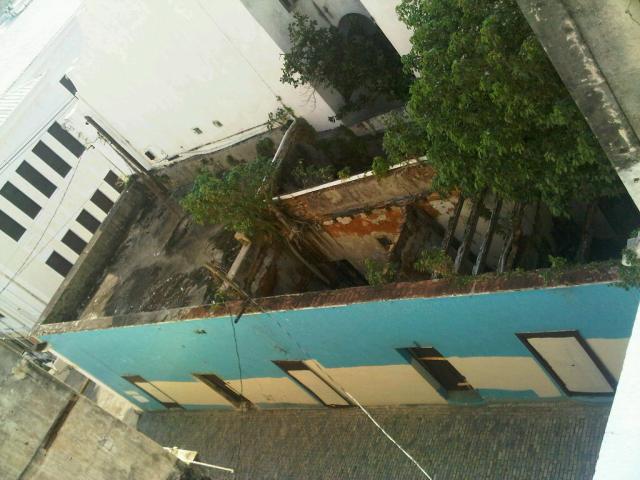At long last, Rice University School of Architecture’s Plat 2.5 is out. Actually, it’s been out for the last few months. I have an essay called “The Rise of the Darists.” In this essay, dar is an abbreviation for “design as research.” I explore what the rise of post-critical forms of research discourses imply for architectural practice and its relevance to today’s social needs. Here’s a quote:
Locating the boundaries of Dar is not simple, but we may approximate its major threads and limitations. Dar fuels the noticeable proclivity to fortify projects with large data sets and algorithm-fueled software. The translation of these data clouds into any number of scales and forms—from parametrically-derived undulating pavilions to urban farming master-plans—yields a popular impression of formal and rhetorical rigor underlying the project’s gestation. Although intricately related to a history of research practices in architecture, Dar exceeds these.
Examining the idea of research in architecture doesn’t fit into a single essay, so perhaps this can be just a start. But in this piece, as a rapid scan, I wanted, not to examine all the history of research in architecture—which would have been impossible—but the recent replacement of theory with the simulacrum of a research practice in design. In addition, “design” itself has risen, of late, to camouflage the crises of architecture. In other words, I look at a marriage of the rising stock of design with the mimesis of research. I argue that the coupling of “design as research” is problematic because each term refers tautologically back to the other, not only as a semantic trick, but in practice as well.
I discuss how the problematic appropriation of research in architecture, bundled with the business-friendlier term of “design,” has certain origins in neoliberal market ideology. The fallacy of objective research that is instrumental for post-critical forms of business and governance is best exemplified by MVRDV’s Pig City proposal. In conclusion, as an alternative to dar, I identify a kind of compass point in, yes, King Crimson guitarist Robert Fripp’s Frippertronics—an example of an alternative coupling of design and research, where each is autonomous and yet informative to the other. I hope that leaving behind “design as research,” we can turn a new leaf and examine more embodied, affective, and scalar forms of architectural practice.
I’m really happy to finally post this essay. I’ve been stewing some of the ideas in this essay for a long time, as a part of a text that by now seems to have died at the shores of the economic crisis for a certain book publisher. Some of the work for this text emerged during preparations for the 2010 iteration of the architectural theory capstone course I co-teach at California College of the Arts—my thanks especially to fruitful conversations with students, and with my colleagues David Gissen, Clare Robinson, and Tom Beischer. Thanks, as well, to Yanni Loukissas, Nick Sowers, and Bryan Finoki for reading and commenting on the draft. I worked with the journal editor-in-chief, Mary Casper, who was exacting and relentless (and I truly appreciate all her attention). And thanks as well to MVRDV for image permissions. Any errors, omissions, or unheeded advice are my own fault.
I posted a PDF scan of the essay and a final draft (which might be a bit easier to read on digital devices):























